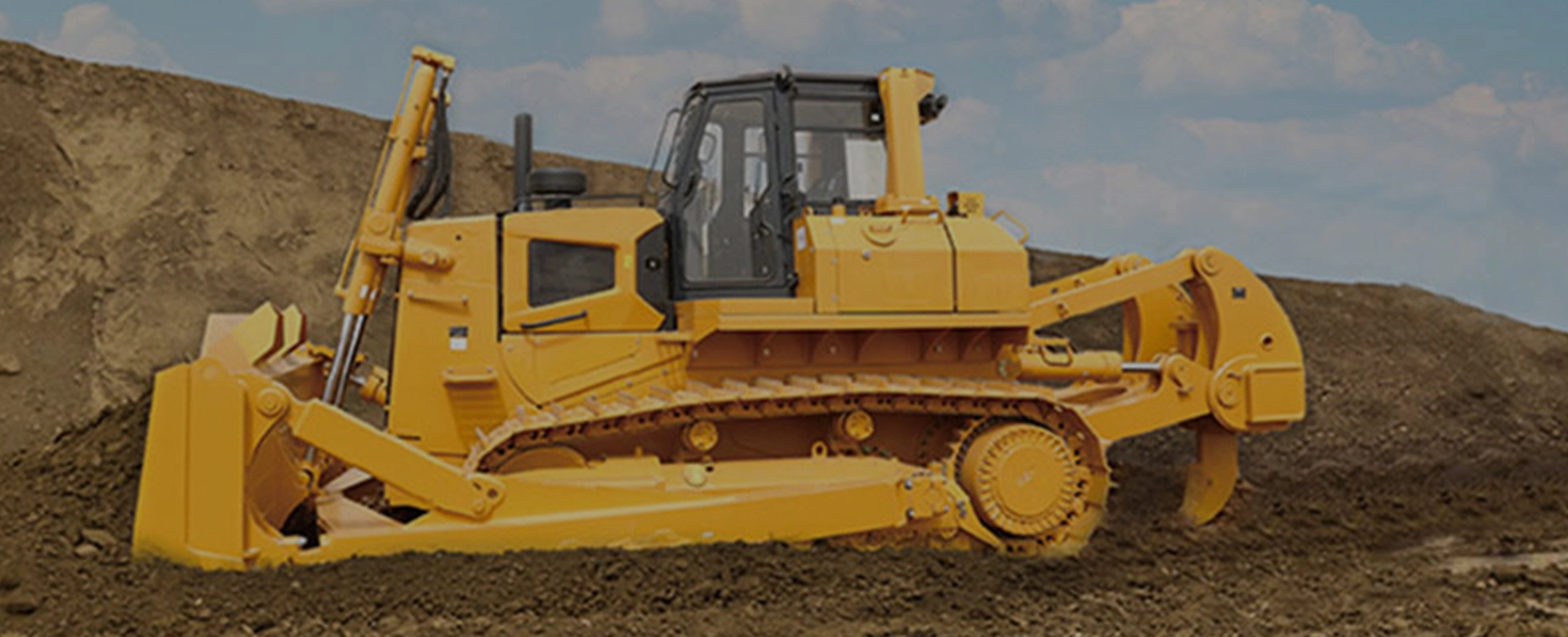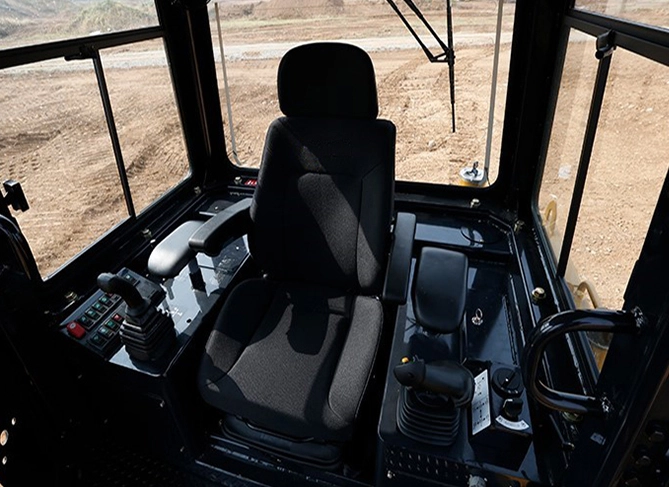
Modern construction equipment is now equipped with telematics systems that enable real-time monitoring of various parameters. For example, sensors on heavy machinery can track engine performance, fuel consumption, and operating hours. This data is transmitted wirelessly to a central management system, allowing construction managers to remotely oversee the equipment's status. They can detect potential issues early, schedule maintenance proactively, and optimize equipment utilization.
GPS tracking integrated with these telematics systems provides precise location information of each piece of equipment on the construction site. This helps in improving logistics, as managers can quickly locate and allocate equipment to different work areas as needed. It also reduces the risk of theft, as any unauthorized movement of the equipment can be immediately detected and alerted.
I. Analyze the Project Requirements
1. Define the Tasks
▲ Clearly identify all the construction tasks involved in the project.
▲ Consider the sequence of tasks.
2. Determine the Scale and Complexity
▲ Assess the scale of the project.
▲ Analyze the complexity of the project.
3. Terrain and Accessibility
▲ Examine the terrain of the construction site.
▲ Consider the accessibility of the site.
4. Environmental Factors
▲ Take into account environmental conditions such as weather and temperature.
▲ Evaluate the environmental impact of the equipment.
II. Consider Equipment Specifications
1. Load-Bearing Capacity
▲ For equipment like cranes, forklifts, and loaders, the load-bearing capacity is a critical specification.
▲ Consider the distribution of the load.
2. Power and Speed
▲ Evaluate the power requirements of the equipment based on the tasks it will perform.
▲ Consider the speed of the equipment, both in terms of travel speed and operating speed.

